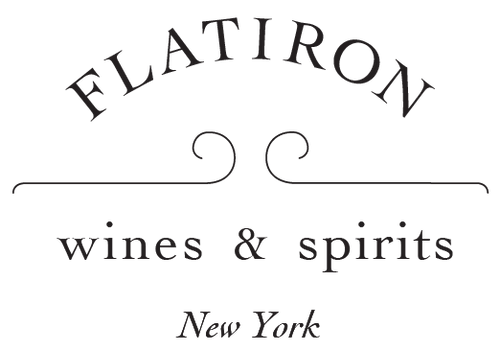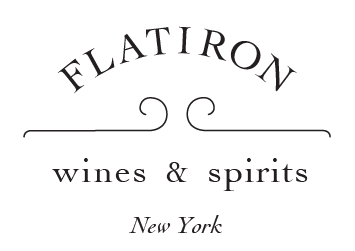Castello di Rubbia
Here's what's simple about the wines of Castello di Rubbias from Friuli: they're delicious and perfect for summer, whether you want a medium-bodied white wine with floral and mineral notes, a meaty red wine to... Read More
Here's what's simple about the wines of Castello di Rubbias from Friuli: they're delicious and perfect for summer, whether you want a medium-bodied white wine with floral and mineral notes, a meaty red wine to go with BBQ, or an exquisite orange wine to blow everybody's minds.
But that's about all that's simple about them. The wines come from Carso, an Italian (and Slovenian... more on that later) region with a slew of grapes, both local and French. The climate is influenced by both the Alps and the Mediterranean, with a strong north wind in the mix as well. And the rocks! The region gives its name to the strange geology found here, characterized by very thin, red, iron-rich soil over a limestone shell that protects numerous caves, sinkholes, and underground streams below. If you've been to Mammoth Cave in Kentucky, you've been inside a karstic formation. Neat stuff.
And the winemaking here ping-pongs back and forth between super-modern, ultra-clean wines and those made with millennia-old techniques of extended macerations and aging in amphorae with no sulfur. All this makes Carso a moving target, not easy to understand. Consequently, the area oscillates in and out of importance, floating on a restless ebb and flow in popularity.
But Castello di Rubbia's wines stand out sharply against this chaotic background. Their vineyards have made wine for four hundred years, and the 13-ha family-run estate (founded in the '90s) draws deftly on the deep traditions (native grapes, indigenous yeast, working by hand), while judiciously incorporating modern innovations (like temperature control) that help the wines to express those fascinating terroirs.
A note on the labeling: Carso stretches into Slovenia, and many growers tend vines on both sides of the line (the border here was somewhat arbitrarily set in 1947, not fully reflecting local culture and tradition). But recent EU labeling accommodations permit growers to label their wines "Carso–Kras," to include both the Italian and Slovene names for the combined region. Hence the mouthful on these labels!

